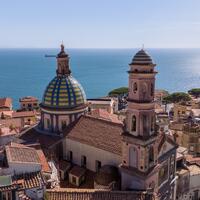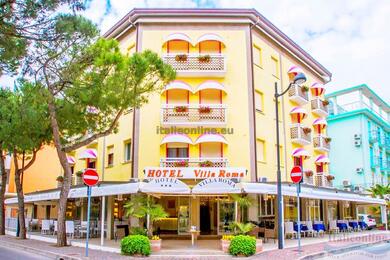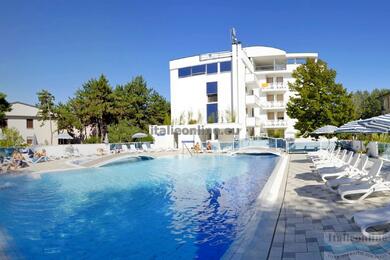The history and origins of the abbey
The abbey was founded in the 12th century as a monastery of the Cistercian Order. Its founder was Saint Galgano, a local knight who, after deciding to renounce the secular life, decided to become a hermit. According to legend, Saint Galgano, in his spiritual quest, immersed himself in solitude and is said to have set his sword in stone on the site where the abbey now stands.
Over the centuries, the abbey became an important centre of Cistercian spirituality and a rich monastic community that continued to operate here until the 16th century. After that, the monastery gradually lost its importance and was abandoned, leading to its gradual decay.
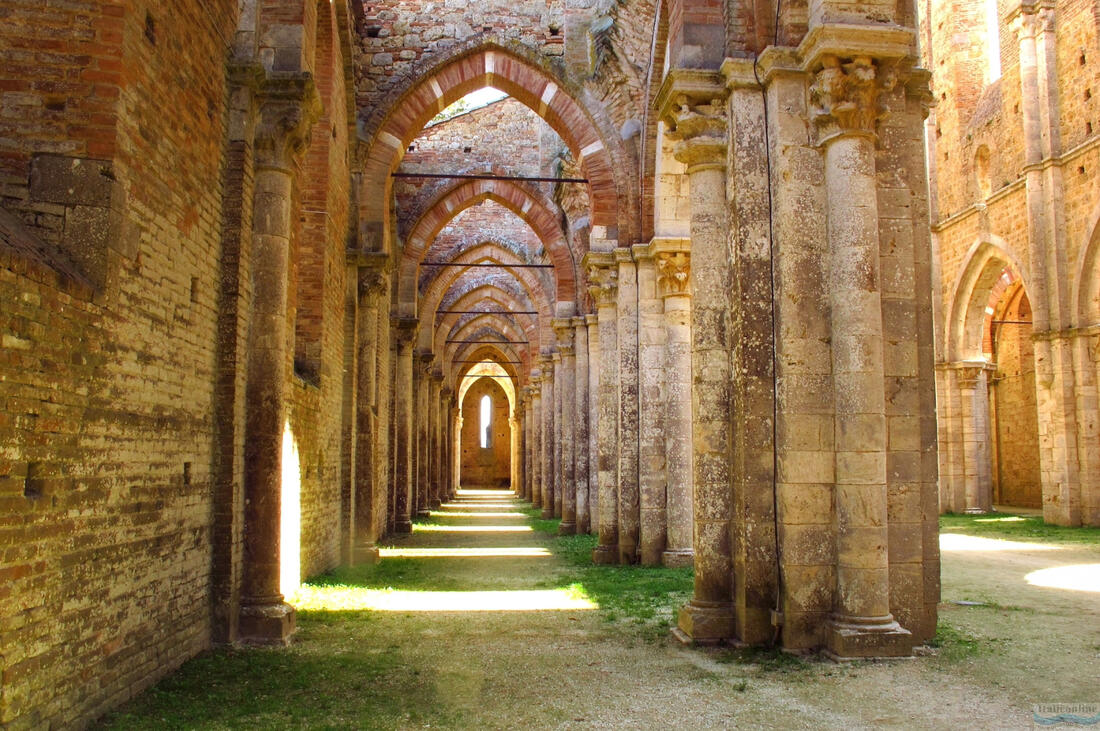
Architecture and uniqueness
The Abbey of San Galgano is exceptional for its architecture. The abbey church, which was originally an imposing structure, is now only a ruin. Only the walls and the vault remain of the original structure, but they create an almost mystical atmosphere. What is particularly fascinating is that most of the church has no roof, which allows light to penetrate the interior and create breathtaking lighting effects throughout the day.
Because the church is built in the Gothic style, its high windows, wide arches and rich details reflect the original Gothic elegance that was popular throughout Europe in the 12th and 13th centuries. The abandoned ruins provide a magnificent view of the surrounding Tuscan countryside, which is also part of the charm of the place.
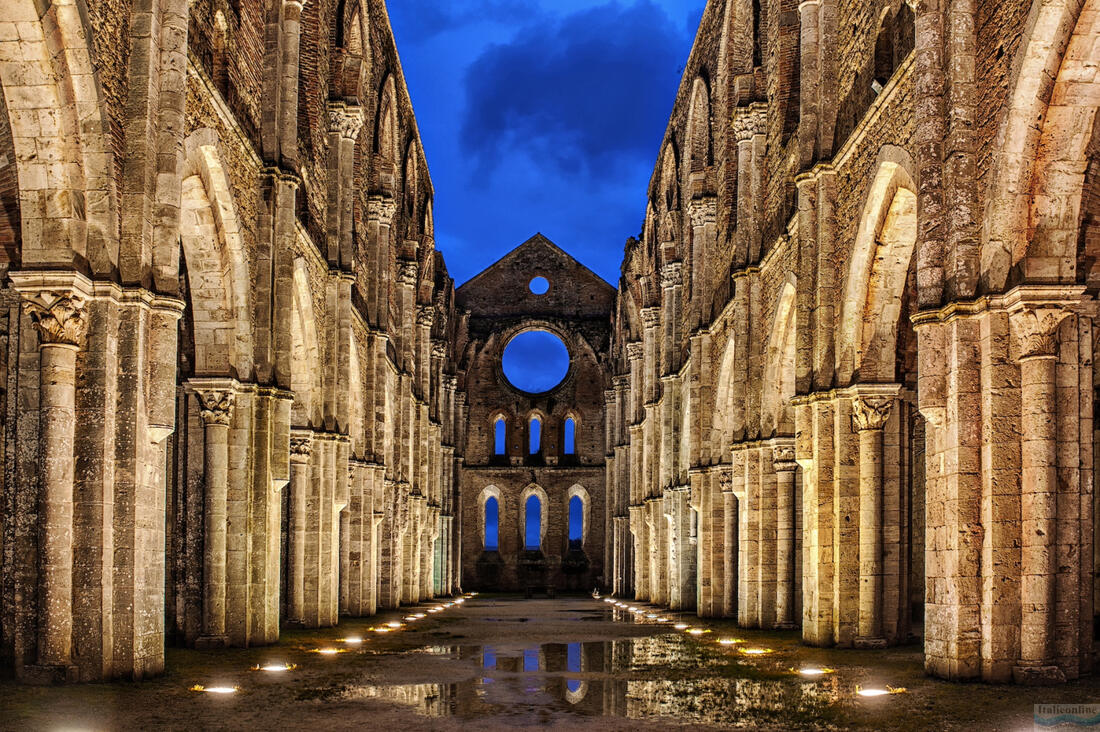
Attractions and present day
The abbey is also famous for being the site of the famous sword of Saint Galgano, which according to legend was left in stone. This sword is considered a symbol of his renunciation of the secular life and is inextricably linked to local myths. Today, the sword in stone is located near the monastery and is a popular place for tourists and pilgrims.
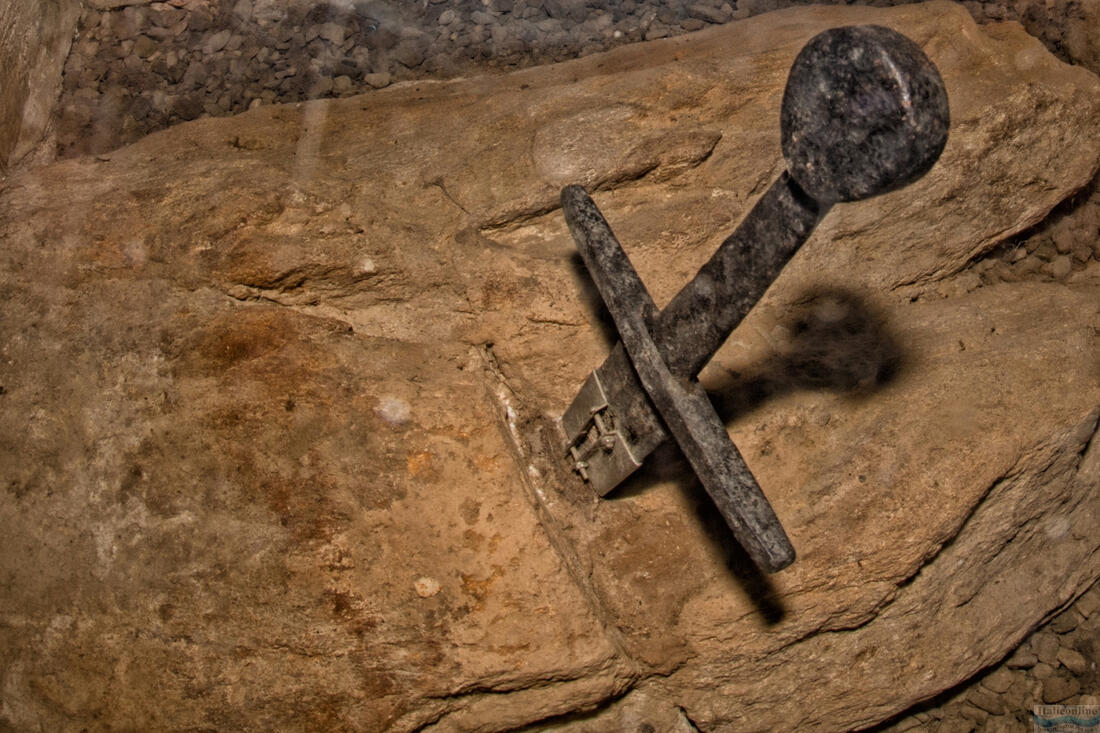
Today, the Abbey of San Galgano serves not only as a historical monument, but also as a venue for various cultural events, concerts and exhibitions that take place in its premises.
Gastronomy and traditional Tuscan cuisine
If you plan to spend more time around the Abbey of San Galgano, you should definitely try the local specialities. tuscan cuisine is known for its simplicity and the use of fresh, seasonal ingredients. Some of the most famous dishes include ribollita (a traditional Tuscan vegetable soup), pappardelle with wildduck ragout and, of course, the excellent Tuscan wines produced in the surrounding vineyards.
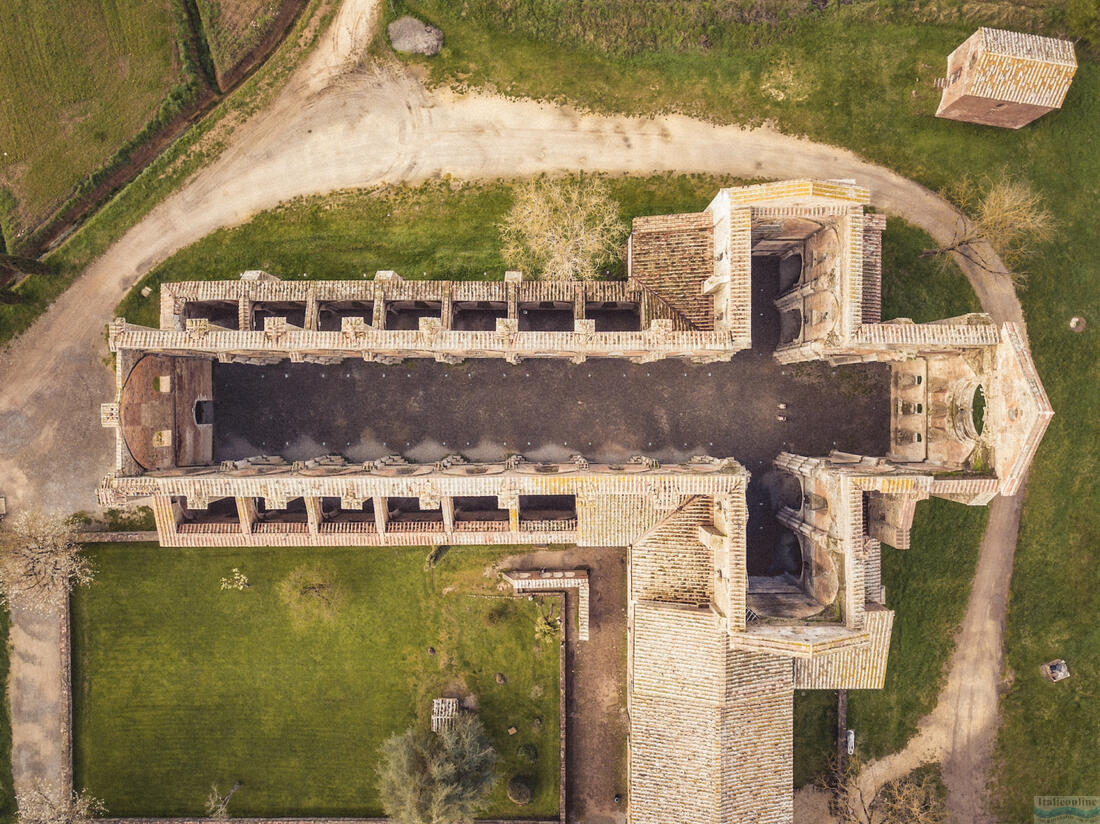
A visit to this mysterious and beautiful place will not disappoint.



